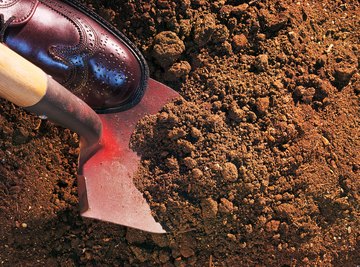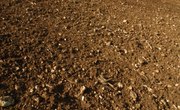
Loamy soil is often reported as the best type of soil for just about all plants. While this is true, most people would have a difficult time describing just what makes soil loamy.
Composition
Soil is composed of three types of particles: sand, silt and clay. Sand makes up most of soil, and does not have terrific water holding capabilities. The clay particles in soil are very small and do no allow much water to drain. Silt is the second largest component of soil with characteristics of both sand and clay.
Features
Loamy soil is the best type of soil because it contains all three of these components in equal amounts. Loamy soil retains lots of water, but also drains enough not to drown the plant.
Types
There are three types of loamy soil; each is determined by its composition. Light loamy soil consists of more sand than clay or silt. Medium loamy soil is the most sought after because it contains equal amounts of each component. Heavy loamy soil contains more clay than anything else.
Fun Fact
If you add a little humus and a lime peel or two to loamy soil, it will improve the soil's workability even further.
Considerations
Soil becomes loamy in one of two ways. Over time soil can become naturally loamy, but only if conditions are favorable. Otherwise, years of hard work and patience are required. If compost, organic fertilizer, animal manure and mulch is added each year, the soil will eventually become loamy.
References
About the Author
Andrew Cohen is an aspiring writer from New Jersey who focuses on international relations and political theory. He has been writing seriously for over five years. His bachelor's degree is in political science with a minor in history.
Photo Credits
Comstock/Comstock/Getty Images
